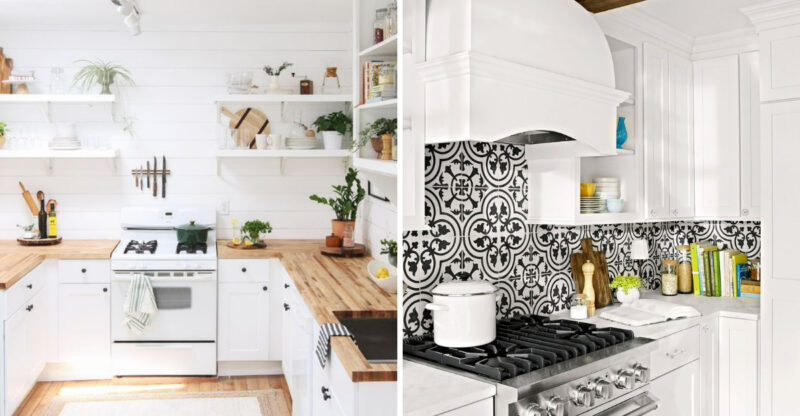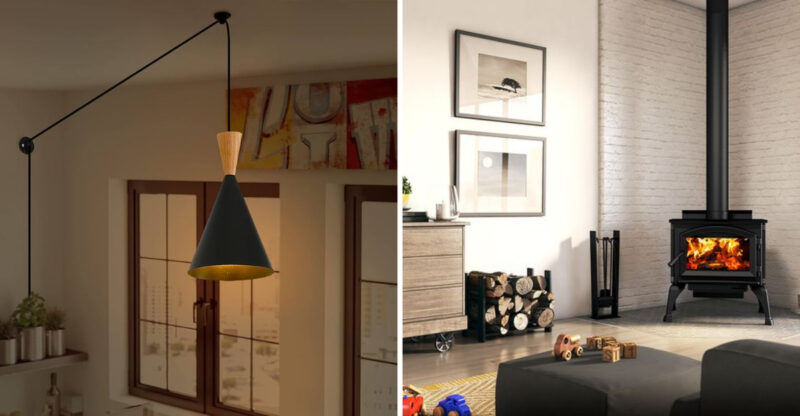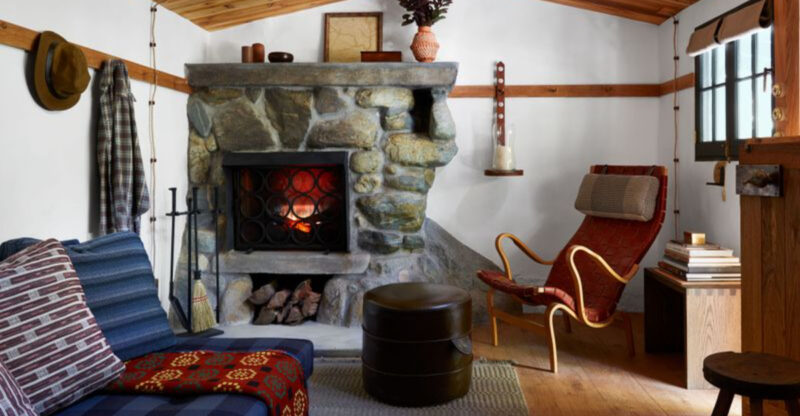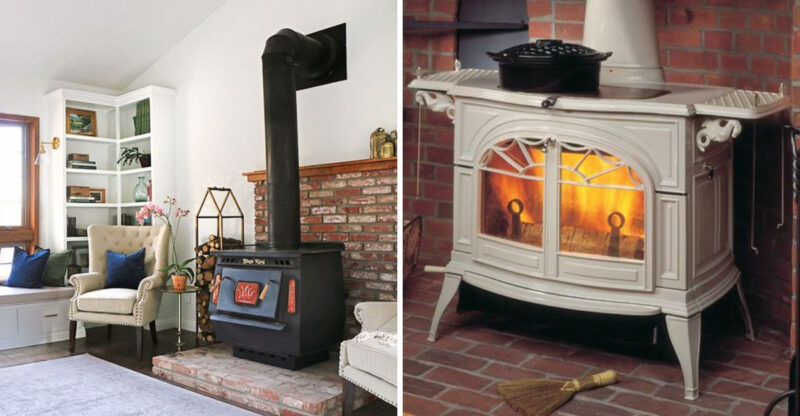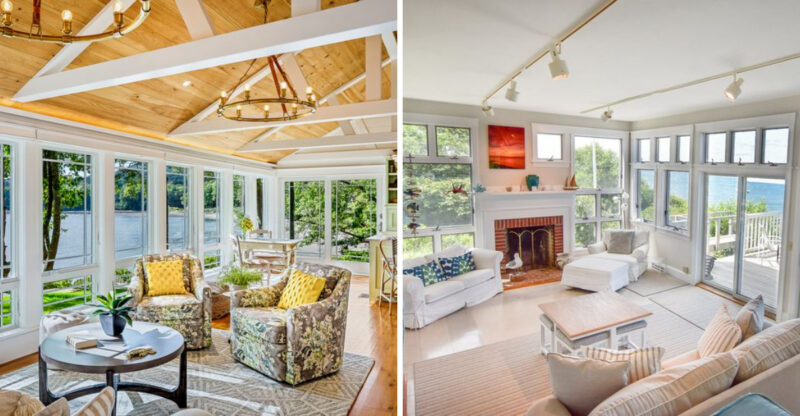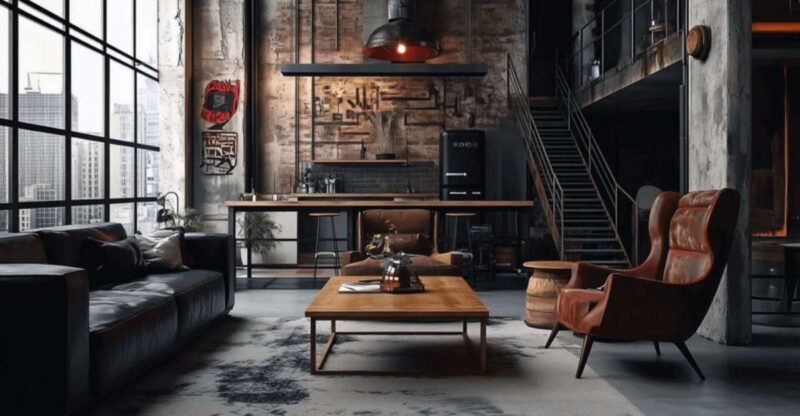7 Houseplants To Avoid In Your Entryway
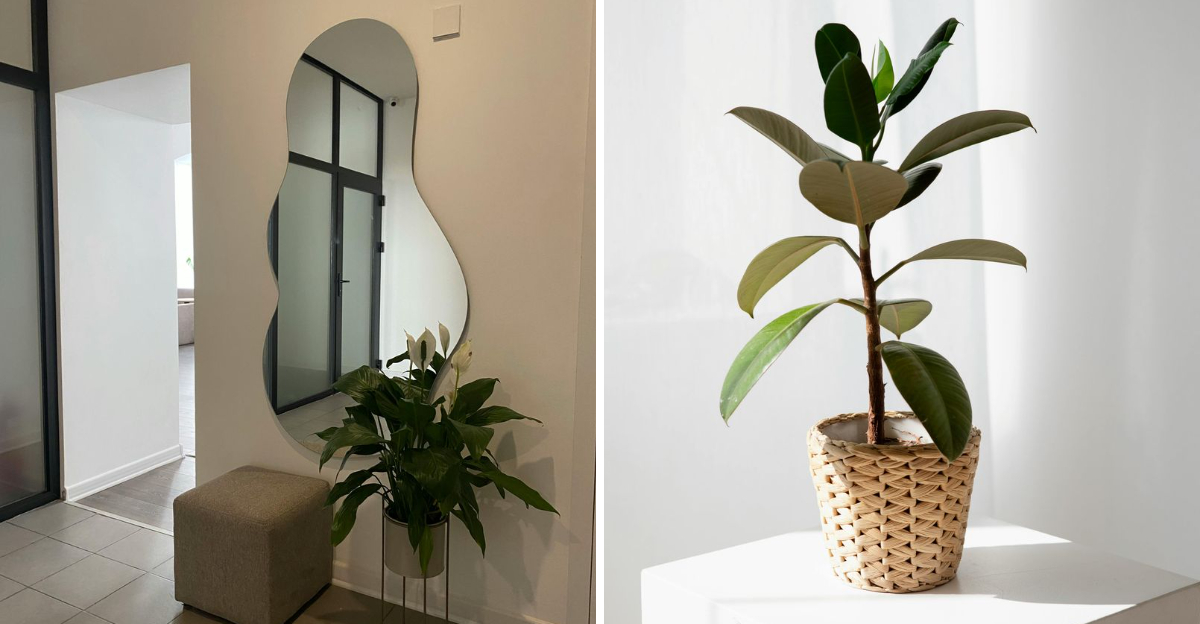
Your entryway creates that crucial first impression of your home. While plants can beautifully enhance this space, not all green friends belong here! Some plants might poke unsuspecting guests, others demand specific lighting that entryways rarely provide, and a few simply grow too large for comfort.
I’ve learned these lessons the hard way, so let me save you from my plant-placement blunders. Plant care needs and space suitability can vary based on your home’s unique conditions. Always research specific requirements before choosing plants for your entryway.
1. Prickly Cactus Problems
Walking into a cactus is nobody’s idea of a warm welcome! These desert dwellers might look trendy, but they’re basically nature’s version of a booby trap in high-traffic areas.
Cacti need bright, direct sunlight that most entryways simply can’t provide. Without proper light, they’ll stretch awkwardly toward windows, becoming even more hazardous. Plus, imagine explaining to guests why they need to dodge spiny obstacles just to enter your home!
2. Snake Plant Sabotage
Though nearly indestructible, snake plants have rigid, pointed leaves that can become entryway hazards. Their sword-like edges might not seem dangerous until someone brushes against them while hanging up a coat.
Snake plants thrive in neglect but hate cold drafts, exactly what your entryway experiences each time the door opens in winter. This stress makes them susceptible to rot and insect problems. Why torture this otherwise stalwart plant when it could flourish elsewhere in your home?
3. Aloe Vera Awkwardness
How unfortunate that this medicinal marvel makes for a terrible greeter! Aloe vera plants store water in their leaves, making them extremely sensitive to temperature fluctuations that entryways experience constantly.
These succulents need consistent warmth and bright light. The drafty, often dim conditions of an entrance will cause their leaves to yellow and eventually rot.
Aloe plants also have slightly serrated edges that can catch on clothing or scratch bare arms in summer. Save this healing plant for a sunny kitchen windowsill instead!
4. ZZ Plant Zonk
While virtually indestructible, ZZ plants harbor a secret, they’re toxic if ingested. This makes them questionable choices for entryways where children and pets first enter your home.
The waxy leaves collect dust like magnets, requiring frequent cleaning to maintain their shine. In entryway settings where dirt and debris constantly come in, they’ll quickly look neglected.
ZZ plants also grow surprisingly wide over time, encroaching on valuable space in what’s typically the narrowest area of most homes.
5. Fiddle Leaf Fiasco
Where do I even begin with these divas? Fiddle leaf figs despise change, making the constantly fluctuating conditions of an entryway pure torture for them. Every draft sends them into a leaf-dropping tantrum.
These Instagram darlings need consistent bright indirect light, rarely available in entryways. Their massive leaves also become dust magnets that require regular cleaning.
Given their typically hefty price tag, why position this finicky investment where it’s almost guaranteed to fail? Save yourself the heartbreak and keep this trendy plant in a stable environment instead.
6. Peace Lily Predicaments
Though gorgeous with their elegant white blooms, peace lilies are drama queens about inconsistent conditions, exactly what entryways provide. They’ll dramatically collapse when thirsty, creating a “my plant is dying” panic whenever guests arrive.
Peace lilies are toxic to pets, making them risky in the first space animals encounter when entering your home. They also prefer humidity and consistent temperatures, both of which are impossible in entryways where doors frequently open.
The constant temperature fluctuations will cause brown leaf tips and edges, making them look perpetually unhappy.
7. Rubber Plant Regrets
Did you know rubber plants can grow over 8 feet tall? That cute little 6-inch pot can transform into an entryway monster within a couple of years. These plants grow toward light sources, often creating awkward, leaning shapes in typical entry conditions.
Their large leaves become dust collectors and show water spots prominently. Rubber plants also react dramatically to drafts, dropping leaves in protest whenever the front door opens during cold months. Nothing says “neglectful plant parent” like a half-naked rubber tree greeting your visitors!

